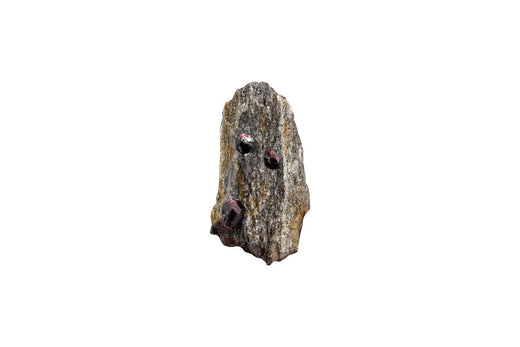
Igneous, Sedimentary, and Metamorphic Rocks
Today we'll take you to the School of Rock to learn about igneous, sedimentary, and metamorphic rocks.
There are three types of rock. The first category we’re going to discuss is igneous rock. Igneous rock forms from magma either deep below the Earth’s surface or at the surface in the form of lava from volcanoes that cools very quickly. A great example of an igneous rock is pumice, which is volcanic glass. It's so light that it can actually float on water.
The next category of rock is sedimentary rock. Sedimentary rock forms from the accumulation of mud, silt, sand, and the remains of dead plants and animals. This is the rock where fossils are most commonly found.
Our final category of rock is metamorphic rock. These rocks form deep beneath the Earth’s crust under extreme heat and pressure. Any rock can become a metamorphic rock including igneous, sedimentary, and even other metamorphic rocks. This process can change the entire appearance of a rock from its color, its pattern, and even its crystal structure. An example of metamorphic rock is a metamorphic schist with almandine garnets.
If you want to rock out, come check us out at Tyrannostorus. And remember, stay passionate about science and natural history!
